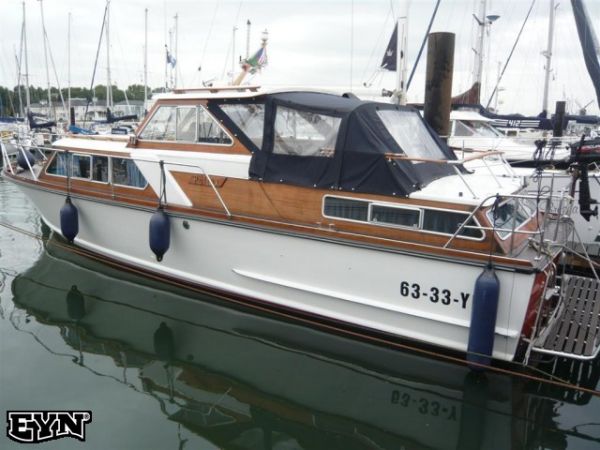Second Hand Boat Buying Guidelines
 Just as with a second hand car, of course, there are risks when purchasing a used boat. Taking a boat on the water is a certain safety risk, in case something bad happens while you're out on the lake or the sea, things might get worse in a hurry. Making use of the guidelines on this page can help you determine whether that boat you desire is a keeper -- or perhaps a lemon.
Just as with a second hand car, of course, there are risks when purchasing a used boat. Taking a boat on the water is a certain safety risk, in case something bad happens while you're out on the lake or the sea, things might get worse in a hurry. Making use of the guidelines on this page can help you determine whether that boat you desire is a keeper -- or perhaps a lemon.
Looking at the appearance
Pick up some loose objects and search underneath them, like coiled ropes, things lying around the deck or flooring components which are not attached. Anticipate a little discoloration, but any kind of moss or further discoloration implies that the previous owner has mistreated the vessel.
Look at wood or metal surfaces at the same time. Aluminium will develop pits in the corrosive, wet environment without care, and teak (a typical wood suited for boats) develops an unsightly appearance in case the owner doesn't oil it on a regular basis, particularly if this boat heads out into saltwater destinations.
Take a look at the riggings. If they're nylon, an indication of negligence is fraying or dirt. If you're looking at a sailboat, riggings are particularly significant. You'll find 1,000's of internet sites with important info with respect to 'Cheap Boats For Sale Uk' this is one of the better ones Small River Boats For Sale.
Ensure that the bulk heads remain secure. Sometimes the laminate connecting these to the hull comes apart, leaving them loose. If this has happened, notify the owner you aren't interested.
Finally, go through the Gel-Coat. Proper maintenance process includes once-a-year waxing. If this does not happen, this creates a dull finish. If you see dullness, rub your finger on top of it. In case chalk comes away, your choice would be to paint the boat or simply be content having a dull appearance.
Evaluate the mechanical workings
The engine needs to be washed after each and every use, and some special care is needed after using it in salt water. Boat engines normally have an oily motion picture after use, and salt like to adhere to oil. As time passes, that salt will cause pits in the engine, leading to corrosion of important parts. Around the seals and gaskets, you should not see any dirt deposits. This might just mean negligence, however it could also mean you have a major leak.
Rusty engines could have a leak anywhere within the cooling system, which can cause a serious repair bill.
Check the bilge pump. This gets water from the hull and is essential for boat safe practices. In case there are steering cables, give them a tug. If they are not secure, they need immediate attention. Finally, if there is a dipstick, take it out and check the oil. Diesel-powered engines should have black oil; when the film is foamy, there's likely a leak or perhaps a neglected seal somewhere.
There are many used boats out there that represent an excellent value, so do not allow these guidelines discourage you. Put the tips in this post to work for you, so that you get yourself a boat at the correct price -- as well as in the proper condition.